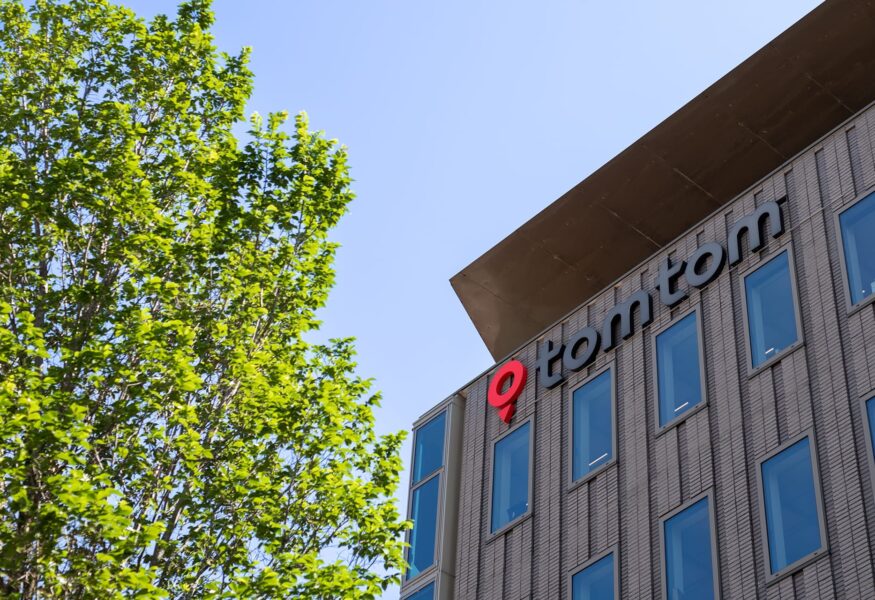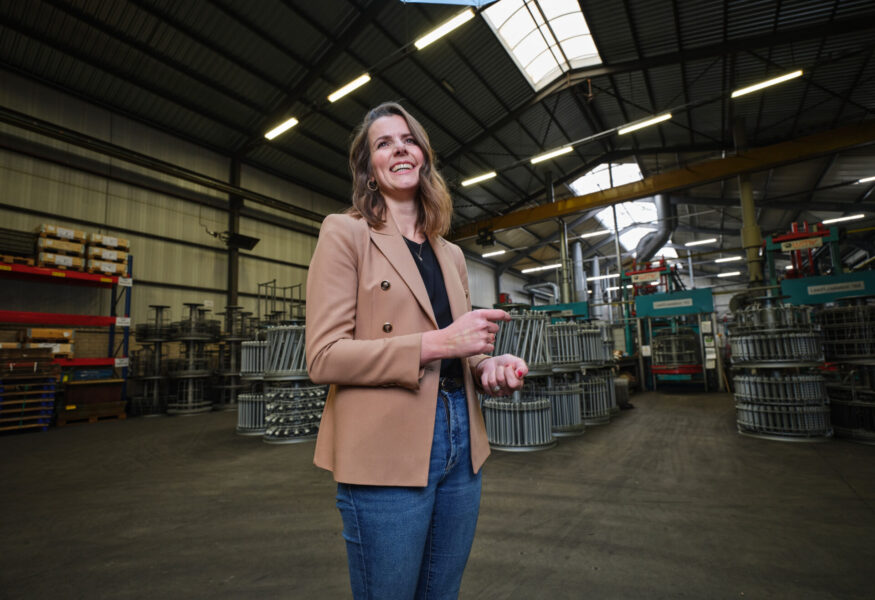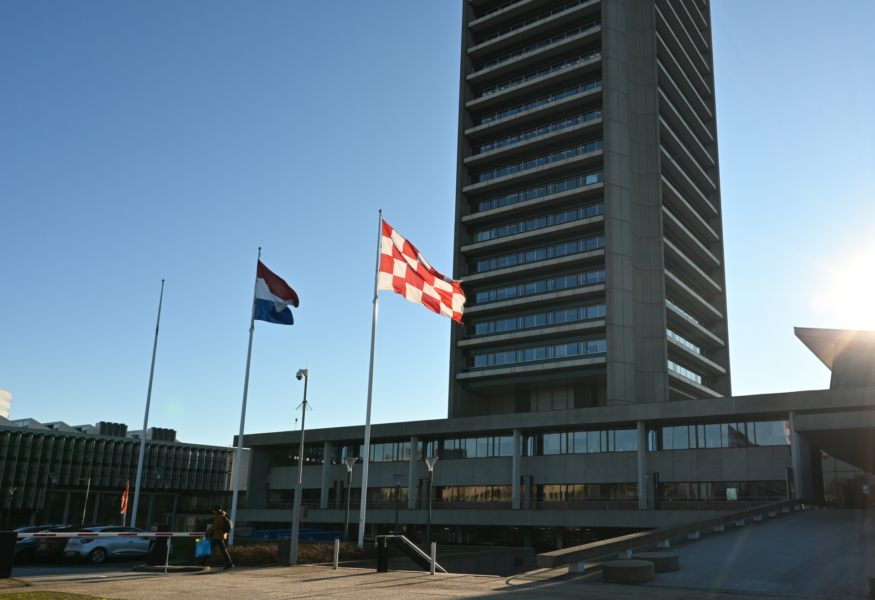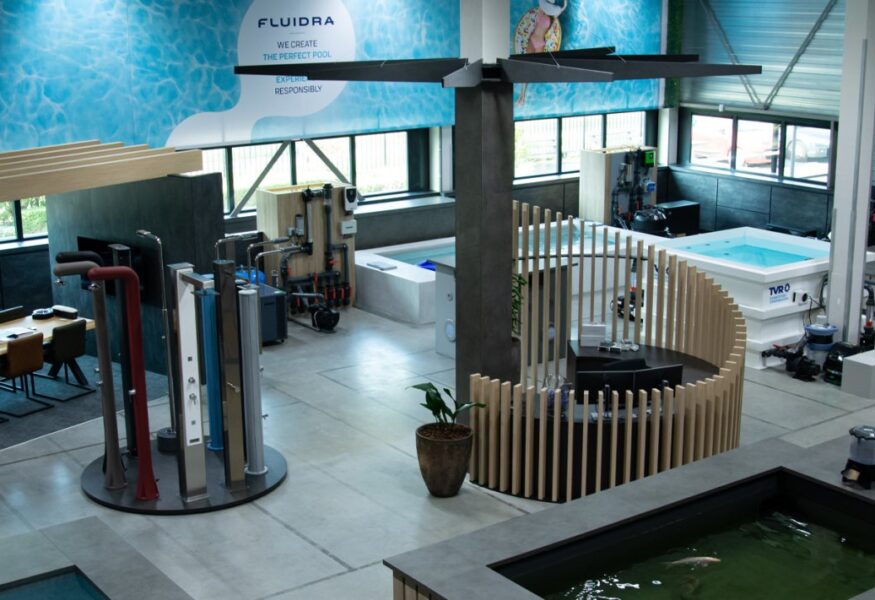A streamlined customer experience must be at the forefront of companies’ minds to remain commercially successful. An omnichannel approach is necessary for this, but is very complex behind the scenes. Supply Chain Magazine worked with us to develop a mind map for omnichannel orchestration, describing the main commercially relevant trends, their impact on companies, challenges in supply chains and possible solutions.
Several market trends are driving the development of omnichannel business. Demographic transformations such as an ageing population and increasing urbanisation are driving the rise of city shops and flash delivery, while the increasing number of single-person households and the growing trend of collaborative consumption (sharing resources and exchanging goods and services without necessarily owning them) are strengthening the demand for flexible purchasing and delivery options.
Technological innovations such as artificial intelligence (AI), machine learning (ML) and the Internet of Things (IoT) facilitate integration between online and offline channels, which is essential for effective omnichannel strategies. In addition, growing environmental awareness forces companies to be transparent about the origin of products and reduce their carbon footprint, resulting in a shift towards more sustainable and socially conscious(er) purchasing practices.
Central customer experience
These omnichannel trends have profound implications for different business departments. Marketing departments are putting customer experience first, with an emphasis on personalisation and seamless integration of communication channels to maintain customer loyalty. Sales departments are experimenting with shopping innovations such as smart shopping carts and digital payment options, and exploring new business models such as subscriptions and leasing options.
The IT department sees an urgent need for Agility and robust customer data protection against the backdrop of a patchwork of applications. Human Resources (HR) needs to focus on collaborative workflows and staff upskilling. In supply chain and finance, departments are experiencing increasing complexity and the need for accurate chargeback of costs by channel.
Increasing complexity in the supply chain
Implementing omnichannel orchestration poses several challenges for supply chain departments. Planning struggles with the difficult predictability of demand and has to differentiate stock allocation and service levels by channel. Purchasing is constantly negotiating more competitive purchase prices and charging through to different sales channels, in addition to finding local suppliers. Manufacturing needs to understand the origin of products and relies on international supply chains that are vulnerable to disruption. Inventory management is complicated by poor visibility of incoming goods and challenges around sustainable last-mile delivery options, such as same-day delivery and green delivery options, while also having to manage the increasing rate of returns and demand for sustainable transport.
Personalisation with AI
To achieve a streamlined customer experience in a complex omnichannel environment, companies can leverage various advanced technologies and methods. The use of artificial intelligence for personalisation and machine learning for accurate demand forecasting are increasingly effective. Real-time stock availability ensures that customers always know what is available where. Last-mile delivery can also be improved through AI-driven route planning and real-time communication with carriers, customers and suppliers, contributing to more efficient delivery.
Improving data management by centralising data in the cloud increases the quality and accessibility of data on customers, products and carriers, which ensures a consistent customer experience across all channels.
Your one-stop shop for supply chain solutions
As a one-stop-shop for supply chain solutions, we help organisations with future-proof strategies and technologies. Ours is a handy first step to discover where opportunities lie and how to connect your organisation to the customer needs of today and tomorrow.












